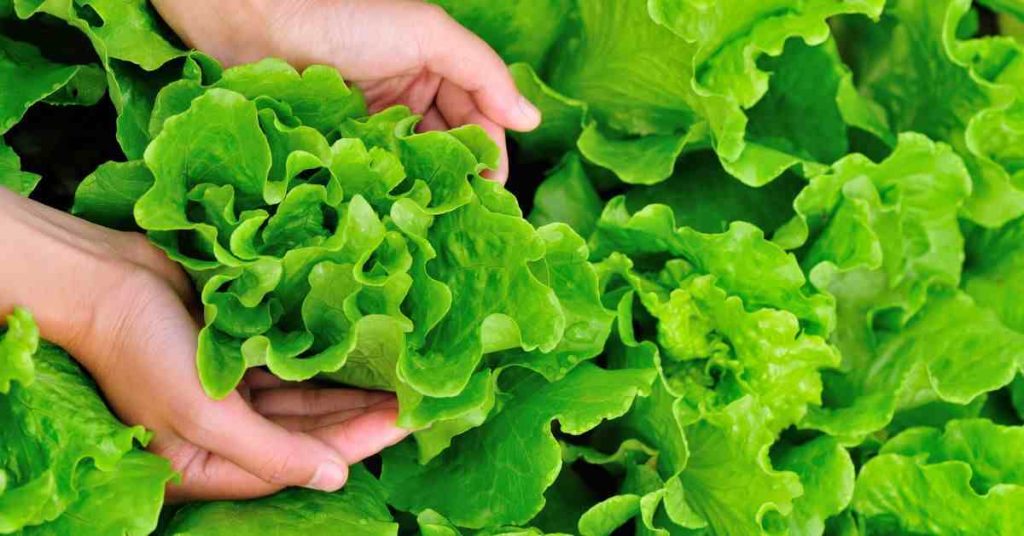
How to Grow Lettuce – A Seed To Harvest Guide
Learn how to grow lettuce from seed to harvest with these essential tips for a thriving garden and crisp salads.
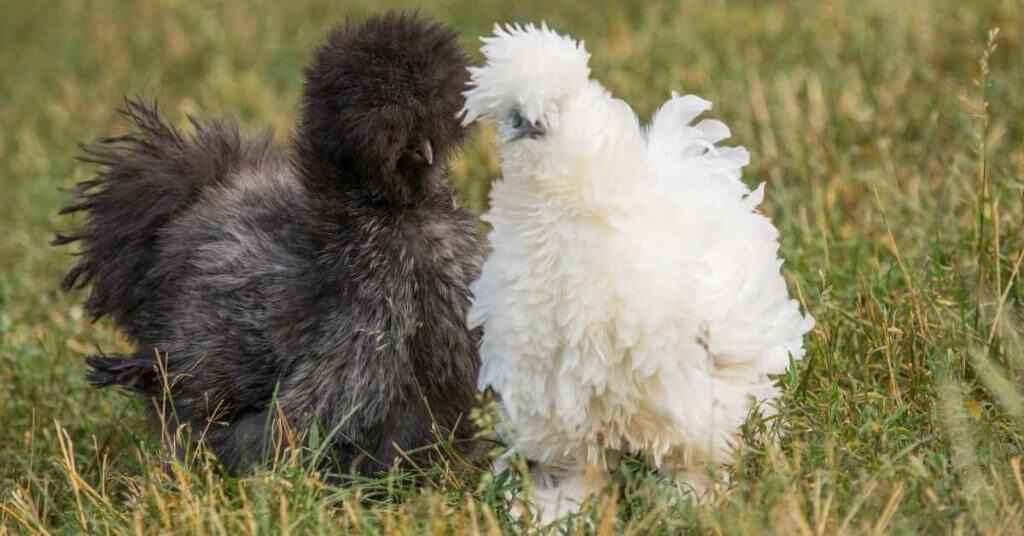
When doing my own research to decide if Silkie chickens were right for me, I was frustrated by finding three different answers to the same questions. While some sources claimed Silkies were good egg layers, others said they were small and inconsistent. Which is it?!
If you are thinking about embarking on this wonderful yet eventful journey to incorporating the quirky breed of silkie chickens into your life, as I have done over the past 18 months, this article should answer almost all your questions based on my real-life experience with a flock of 12 silkie chickens, having learned most of these lessons the hard way.
Silkies are a fantastic breed of chicken and were especially great for a beginner like me. They do, however, have their quirks, some of which you may not have considered. There are also quite a few misconceptions, such as how friendly and docile they are. While this is generally true, it is not a guarantee – there are more important factors that determine a chicken’s temperament.
Through trial and (a lot of) error, I have finally settled with my small flock, and things now run smoothly. But one thing is for sure, the more quality research you do beforehand, the easier your experience will be.
The Silkie, also known as the Silky or Chinese silk chicken, a reference to their unique feather texture and Asian heritage, is a breed of chicken most notable for its unusually fluffy and silk-like plumage. Whereas typical chickens have feather-like textures, silkies are very soft and have almost down-like qualities.
Silkies are one of the most popular types of chicken because they fulfill many different needs. They are an excellent choice for backyard keepers for use as ornamental fowl or pets, while their proclivity for brooding makes them a great choice for incubating and raising the offspring of other chickens, and even other waterfowl like ducks, geese, and some game birds.
In North America, Silkies are considered a bantam chicken – smaller breeds of regular-sized chickens. In Europe, however, Silkie chickens are their own standard breed, although they are still relatively small.
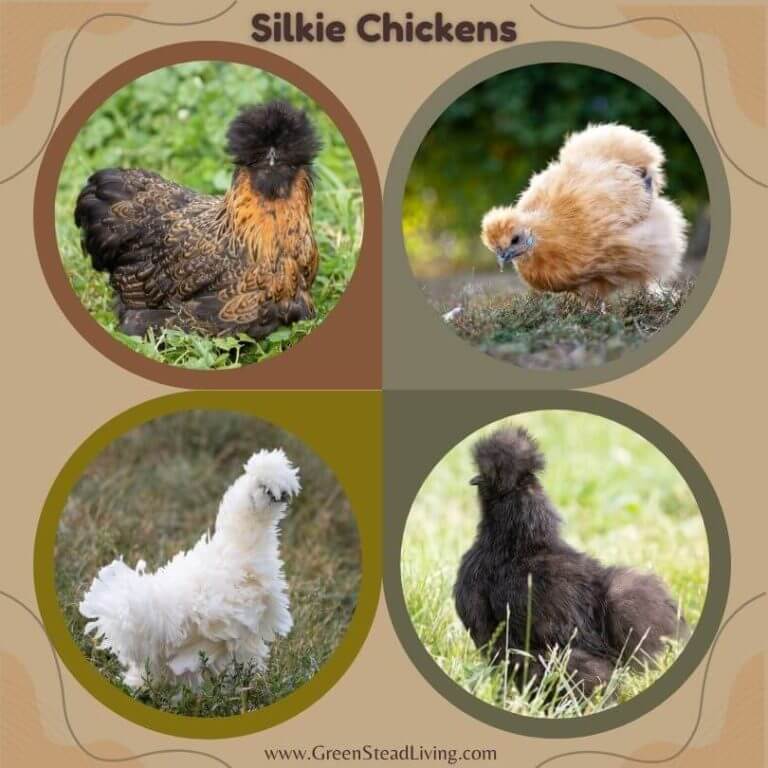
Silkies have many unusual quirks and characteristics, from the cute to the downright weird, that differ from most other chickens.
Their soft and fluffy look is the result of a lack of functioning barbicels, tiny hooks on feathers that help them stick together and help birds fly better. While this gives Silkies their fluffy image, it also leaves them unable to fly, although you wouldn’t think they know it. My Silkies are forever jumping and trying to reach high places.
Silkies can either be bearded or non-bearded. Bearded Silkies (unlike humans, they are not exclusive to males) have an extra tuft of feathers under their beak area, whereas non-bearded Silkies have visible faces and earlobes. Personally, I prefer the bearded variety for purely aesthetic reasons.
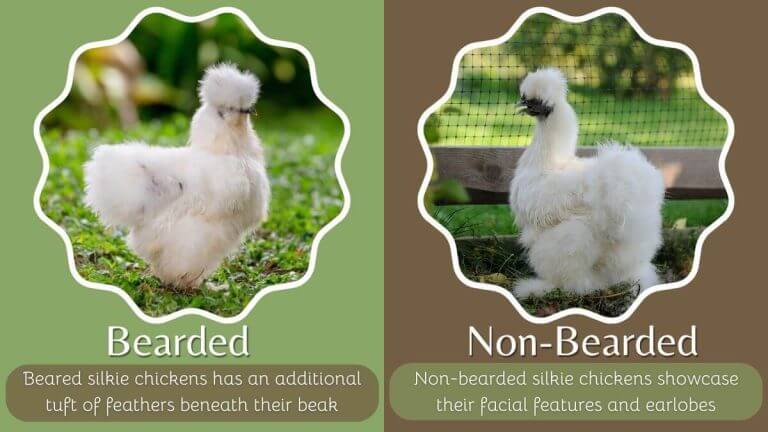
Their feet are also unusual; through some genetic quirks, they have five (and sometimes six) toes on their feet, a trait known as polydactyly, compared to a standard chicken’s four toes. They also have black skin and bones and blue earlobes.
In terms of weight, they are relatively small. Male roosters typically weigh around 4 to 5 pounds (1.8 to 2.3 kg), and female hens about 3 to 4 pounds (1.4 to 1.8 kg). By contrast, standard breeds such as the Plymouth Rock or Rhode Island Red can have roosters that weigh 7.5 to 8.5 pounds (3.4 to 3.9 kg) and hens that weigh 5.5 to 6.5 pounds (2.5 to 2.9 kg).
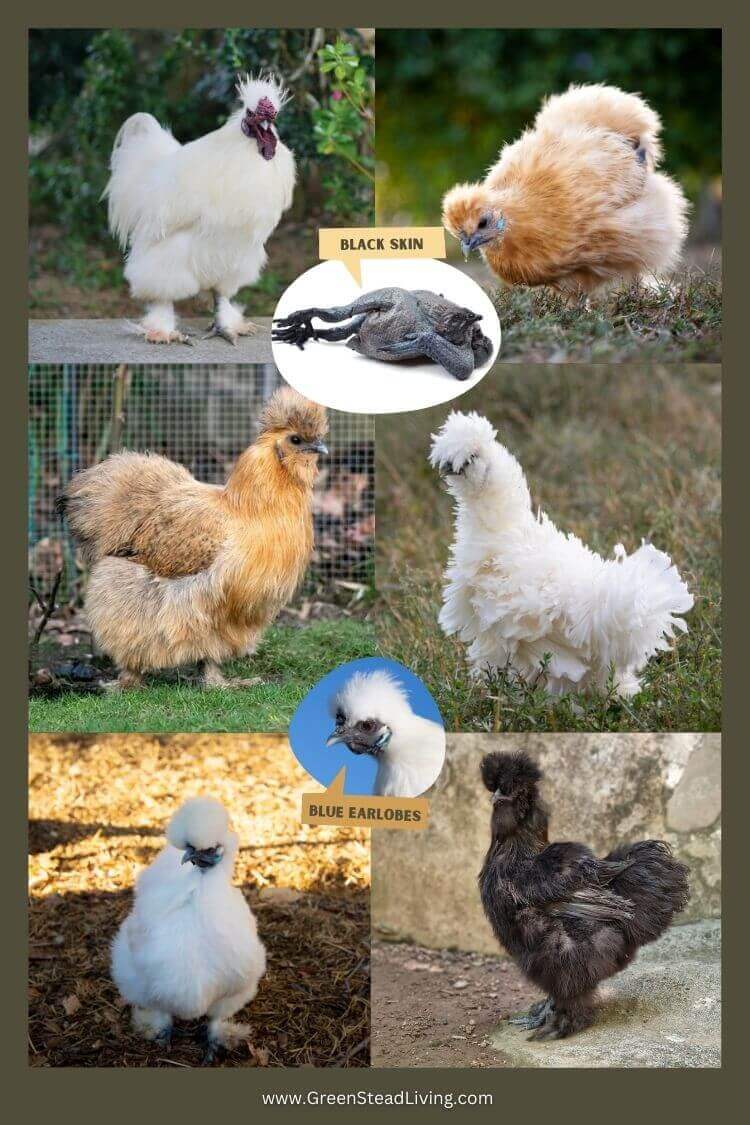
It’s not always about what’s on the outside. Silkies have a reputation as being among the most docile of poultry, with a calm and friendly temperament. I’ve even heard them referred to as the lap dog of the chicken world.
While generally true, this is not always the case. While I have some lovely Silkies, there are also a couple of more hostile ones. Whether a chicken has been handled as a chick and their individual personalities play a far greater role. But if you were to take 100 Silkies and 100 standard chickens, chances are high that you will have more friendly Silkies.
As a breed, Silkies are more likely to be friendly and docile than most others, especially compared to your typical egg layers like leghorns. But breed covers only one-third of what makes a friendly chicken, the other two-thirds are how they were handled as chicks and the individual personality of each chicken.
From experience, chickens that were handled as chicks and grew up with human interaction are way more likely to be friendly when fully grown. Also, the temperament of each chicken is largely determined by their individual personality; some are naturally more social whereas others prefer their own space.
I have also read that Silkies love to “snuggle”. In my experience, this would be a stretch; at best, the Silkies who were socialized as chicks will tolerate being held, and may follow you around the pen from time to time (especially when you have food). I wouldn’t say, however, that any of my Silkies love to be cuddled, although I can only speak for the 12 I have.
Silkie hens are notably broody, meaning they have a natural inclination to sit on and incubate their eggs until they hatch, while also taking care of the young chicks well. In fact, they are such good brooders that they are commonly used to hatch eggs from other chickens and even other birds.
Silkies are therefore a top choice of chicken if you need to incubate and brood eggs.
Let’s face it, Silkies are adorable, making them the preferred choice when it comes to backyard breeders looking for pets or even for those exhibiting them in poultry shows.
They come in a wide variety of colors, the most common being black, blue, white, gray, and even lavender. And then there are the many different developed versions, bred for any imaginable color and variation.
Silkies are fair egg-layers for their size, averaging between 100-120 eggs a year (compared to 250 eggs a year for high-producing standard-sized hens). Their eggs are also smaller; I’d say around two-thirds of the size of a regular store-bought egg.
Interestingly, silkie eggs (like most bantam chickens) have a larger egg yolk relative to egg white, making for a higher protein egg.
The eggs are typically white or cream, and you can expect to yield around 2-3 eggs per week.
Silkies do not start laying eggs until around 8 months old, which is a fair bit later than most other pullets since Silkies are a little slower to mature. If you are expecting eggs from your Silkie flock, you might prefer to buy matured hens instead of chicks or young pullets.
While their broodiness can be an asset – many breeders like Silkies as they can switch out their eggs for other breeds and they will raise them well as their own – it can also be a detriment if egg production is your priority. Once broody, hens will stop laying eggs and pour most of their energy into incubating their clutch, and it may take three more months before they start laying again.
As a result, Silkies can be inconsistent in producing eggs. If one of your priorities is eggs, you are probably better off looking at other breeds. Otherwise, consider them a bonus for your excellent backyard pets.
As a side note, Silkies are also pretty poor for meat production – the breed does not generally produce as much meat as the more common breeds of chicken, and their meat is a grayish-black which, although considered a delicacy in many parts of China, is a little off-putting for Western appetites.
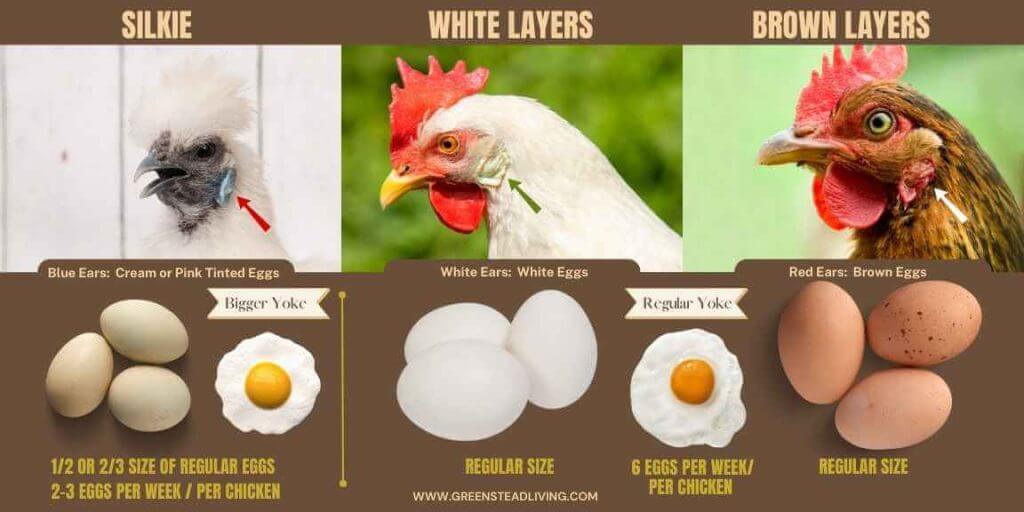
While part of their cute and fluffy appeal, their feathered feet are more susceptible to dirt and infection, especially in wet and cold muddy conditions.
You will need to monitor and clean their coop more regularly than you might with other breeds. Poop and dirt will stick to their feet and they need grooming and periodic cleaning to avoid inflammation. When it gets cold, their wet feet feathers are also susceptible to freezing, causing discomfort and potential frostbite.
It’s not a big deal, but you need to be aware of their general cleanliness and remain vigilant.
Silkies are notoriously difficult to sex as chicks, meaning you will likely have to buy “straight-run” batches with an average of 50:50 males to females.
Since males don’t provide any benefit beyond being enjoyable pets (they don’t produce eggs, can’t brood, and aren’t great for meat), hens are preferred for those who want a steady and substantial stream of eggs.
For these reasons, males are hard to rehome or give away, making the buying process a little more complex if egg production is a priority for you. You may have to buy more expensive pullets and hens once they have matured.

When it comes to food, Silkies are pretty easygoing. They do not need a specialized diet and can eat the same feed that you would feed any other standard chicken, such as a high-quality layer food with a good balance of nutrients.
Their smaller size means that they eat less; an average Silkie will eat around ⅛ to ¼ lb of feed per day, compared to ¼ to ½ lb of feed per bird for standard-sized chickens, varying on the season, temperature, and foraging activity.
It can help to give young Silkie chicks a bit of boost with a starter feed which is dense in protein (20-24% protein) until the chicks are around six weeks old.
Shelter is the number one priority for any chicken, but especially Silkies. Their docile nature makes them easy prey for several predators, but especially hawks and foxes.
Unfortunately, no matter how much you try to prepare, almost every beginner will experience the heartbreak of chickens falling foul to predators. You have to remain very diligent – there is no “that’ll do” attitude when it comes to safety. Never underestimate the lengths a hungry predator will go to avoid starving.
Silkies, like all chickens, need indoor coop space and outdoor run space. The run is typically where most predators will try to gain access, so you’ll need to have strong metal mesh fencing dug into the ground to avoid anything burrowing underneath.
For each Silkie, you’ll need somewhere between 3-4 square feet of space inside the coop and 8-10 square feet of space in the run. Note that this is the minimum – the more space you can afford, the happier and more productive the chicken, enabling them to forage and socialize without any drama.
While the run must be well protected, the coop must be well ventilated, helping to not only moderate the temperature during the hotter summer months but also to remove excess moisture and ammonia that can build up from chicken feces.
See here for this excellent article about how to build your chicken coop. It contained everything I needed to know to get mine going.
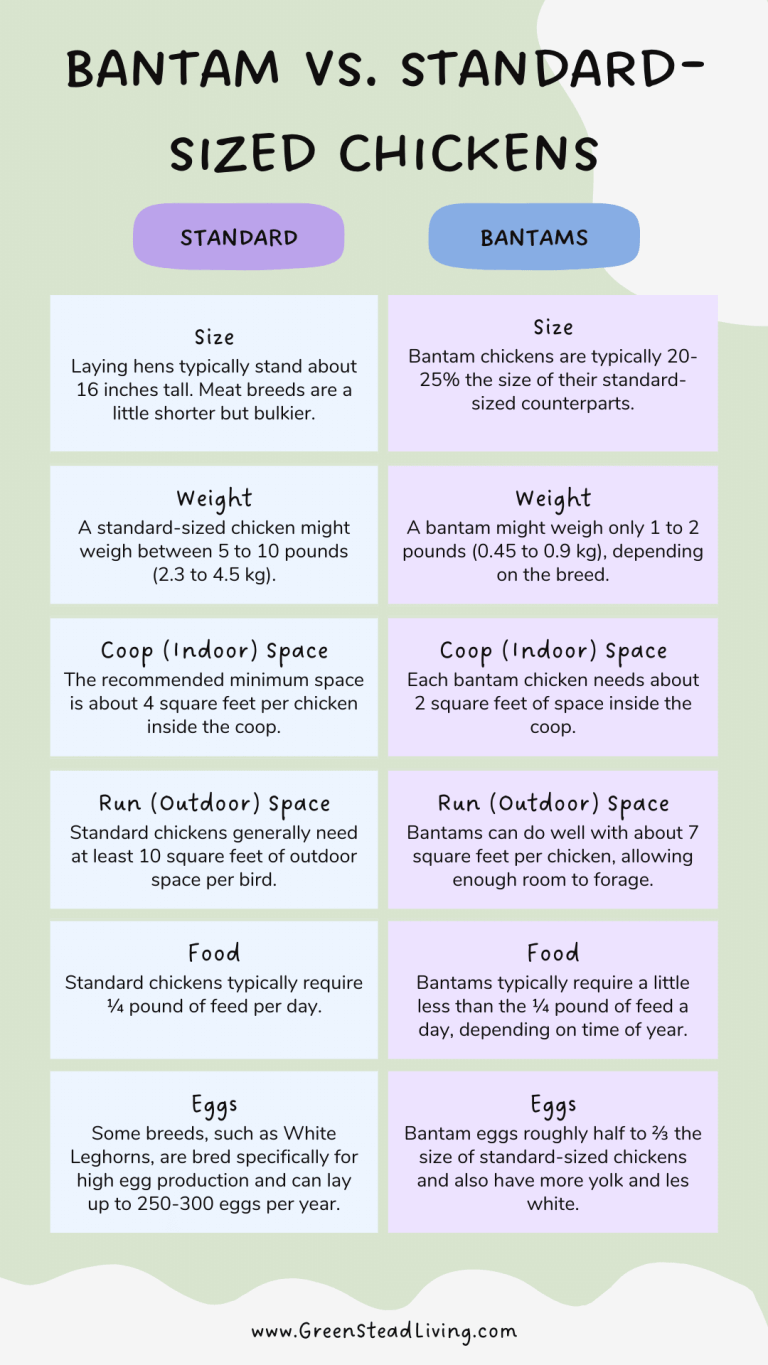
Silkies are known for their relatively long lifespan compared to other chicken breeds, with an average life expectancy of around eight to nine years, while also tending to remain productive in terms of egg-laying well beyond the age when most other chicken breeds have stopped laying.
This extended period of productivity, coupled with their charming personality and attractive appearance, makes them a favorite among backyard poultry keepers. While regular chickens can live up to 10-15 years, Silkies consistently demonstrate robust vitality throughout most of their lives.
You will hear different answers on whether Silkies are cold-hardy, with many stating that they are not cold-tolerant and need help in the freezing winter months due to their unusual feathers not providing the same level of insulation and water resistance as the feathers of other chicken breeds.
In my experience in BC, Canada, where it dips around -5 Celcius for around a month, Silkies can cope perfectly fine in colder temperatures, so long as you provide a dry and draft-free coop. Many claim that they require a heater or insulated coops, whereas others disagree and believe this makes the chickens dependent and less hardy themselves.
I’ve found that so long as they have dry and draft-free areas, they are fine without heating. Chickens run pretty hot at 40 degrees Celsius, so they keep fairly warm. Some feed extra whole corn kernels on really cold nights, believing that corn requires more energy to break down and digest which creates extra heat for the birds. While I’m not sure if there is any science to back this up, it seems to have worked for me.
The biggest concern regarding cold weather is when they are wet, which they strangely seem to love. When it rains, there are lots of tasty worms and bugs that Silkies love, meaning they can spend significant time wet. Wet and cold Silkies are a recipe for disaster – the fur on their feet can freeze causing discomfort and even frostbite. Thus the importance of providing a dry and ventilated space where they can dry off and remain warm.
Obtaining Silkies, whether as chicks, pullets, or fully grown, is relatively easy. There’s a range of places where you can buy some, such as your local feed or farm supply store during the spring. Chicks will usually run you about $5 each. You can also buy them online from reputable hatcheries and get them shipped to your door, although the cost will likely be between $20-$30 each.
Note that chicks are almost always sold as “straight run”, meaning they won’t be identified by sex and you’re likely to get a mix of 50-50 males and females.
Silkies are typically calm and friendly, making them good companions in a mixed-breed chicken flock, especially when paired with other gentle breeds.
Their docile nature, however, means they can sometimes be more vulnerable to bullying by more aggressive or dominant chicken breeds, so you’ll need to remain vigilant when trying to mix breeds for the first few days.
Given their tendency to be submissive, it’s a good practice to keep at least two Silkies together, allowing them to have a buddy to interact with and help reduce stress if other chickens in the flock are more aggressive.
Chickens have a very strict pecking order (hence the term), and so some scrapping is expected at first while they are establishing hierarchies. They should sort it out among themselves fairly quickly, however, and it should be smooth sailing from there.
Yes, Silkies are indeed difficult to sex accurately until they mature, which is when one might either start crowing (males) or laying eggs (females).
Unlike some other breeds of chickens, Silkies and many other bantams cannot be sexed when they are young. Although DNA testing is a possibility, it’s not typically done for backyard flocks due to cost and complexity.
Vent sexing, which involves examining the chick’s cloaca (an opening under their tails that they use to poop and, when they grow up, for laying eggs or mating) to determine gender, is another method used with some breeds, but it is risky and not recommended for small, fragile chicks like Silkies.
When purchasing Silkie chicks from hatcheries, they are often sold as “straight run.” This term means that the chicks have not been sexed, and buyers are likely to receive a random mix, often close to a 50-50 split between males and females.
Many backyard poultry enthusiasts who purchase straight-run chicks end up with more males than they want or can manage. Since roosters can be difficult to rehome, potential buyers need to consider this possibility and be prepared to manage or find homes for unwanted male chickens. Otherwise, you might be better off pulling sexed pullets, although you won’t have them as chicks (where you can socialize them) and they will be more expensive.
Raising Silkie chickens has been both rewarding and educational. These unique birds with their fluffy plumage and gentle nature make excellent backyard pets but are not great egg producers (although a small flock can satisfy a small family) and come with specific care needs.
From my experience, it’s crucial to shelter them during cold and wet conditions to keep them healthy. They also require attention to prevent issues in mixed-breed flocks due to their docile temperament. Otherwise, they are fairly easy to maintain.
For anyone considering Silkies, they offer a great opportunity to learn about chicken care in a hands-on way. While they require a commitment to proper care, the rewards of keeping such charming creatures are well worth the effort.
These unique birds with their fluffy plumage and gentle nature make excellent backyard pets but are not great egg producers (although a small flock can satisfy a small family) and come with specific care needs.
Silkies are a fantastic breed of chicken and were especially great for a beginner like me. They do, however, have their quirks, some of which you may not have considered. There are also quite a few misconceptions, such as how friendly and docile they are. While this is generally true, it is not a guarantee – there are more important factors that determine a chicken’s temperament.
Silkies are fair egg-layers for their size, averaging between 100-120 eggs a year (compared to 250 eggs a year for high-producing standard-sized hens). Their eggs are also smaller; I’d say around two-thirds of the size of a regular store-bought egg.
Interestingly, silkie eggs (like most bantam chickens) have a larger egg yolk relative to egg white, making for a higher protein egg.

Learn how to grow lettuce from seed to harvest with these essential tips for a thriving garden and crisp salads.
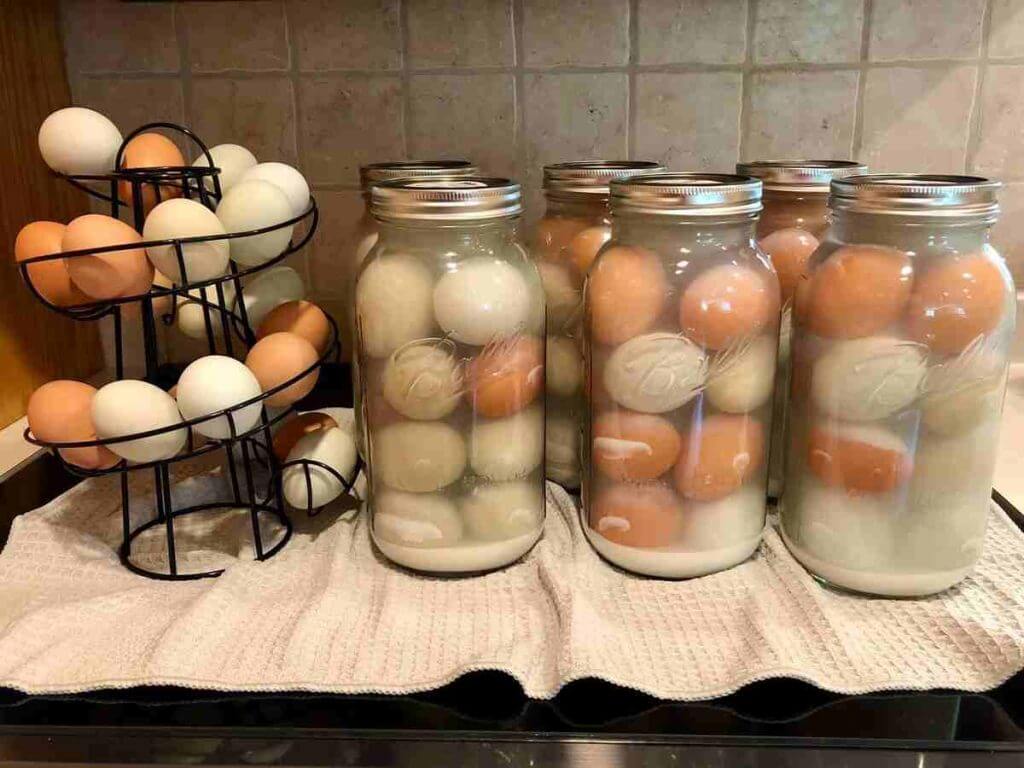
Learn how to preserve eggs for long term use, using the age-old technique of water glassing.

Raised beds are an excellent way of gardening for healthy and plentiful fruits and vegetables. Here are the benefits and which type of raised bed might work best for you.

A guide to Silkie chickens and everything you need to know about the breed before you buy.

Learn about the benefits of beef tallow for skin, from its complement of skin enriching vitamins to its complete fatty acid profile.
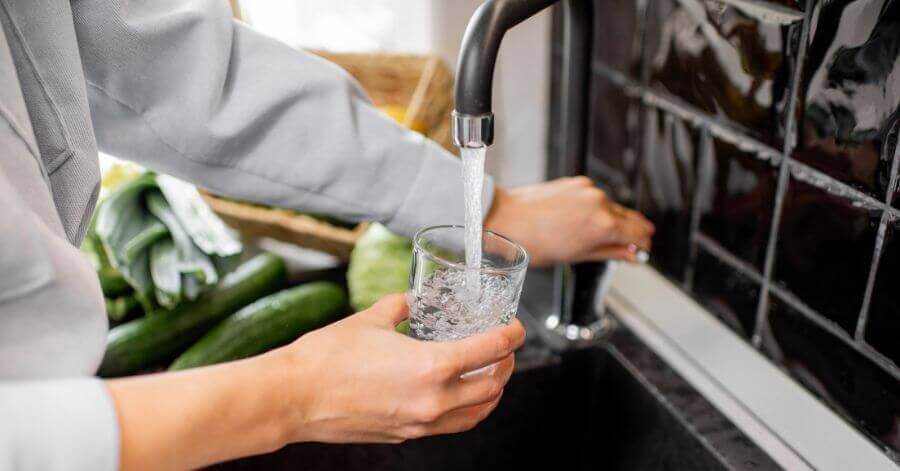
Pinterest Instagram Youtube Pinterest Instagram Youtube Jump to: Have you ever stopped to consider what’s really in the water flowing from your tap? For many of